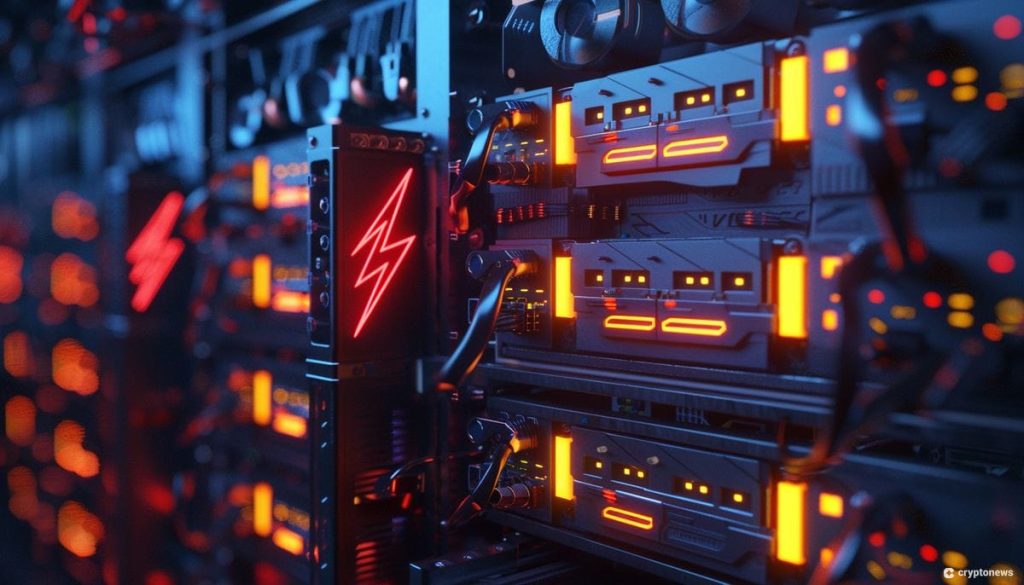As the Bitcoin Halving Event approaches, there is increasing momentum surrounding Bitcoin, with miners paying close attention to how the halving may impact their operations. Large-scale miners are seeking energy-efficient ways to operate as mining rewards decrease. Small-scale miners will also be affected, facing challenges such as rising transaction fees. Jesse Shrader, Co-Founder and CEO of Amboss, believes that miners supporting the Lightning Network (LN) can combat these challenges. The LN is a layer-2 solution for the Bitcoin blockchain that allows for peer-to-peer payments outside of the main blockchain. By using LN for payouts, mining pools can save on transaction fees and provide a more efficient payment infrastructure.
The Lightning Network has seen increased adoption, with 13.5% of Bitcoin payments made on it in March. Businesses are increasingly leveraging the network, with companies like Amboss working to establish peer-to-peer channels for LN payments. Small-scale miners are also implementing LN, with mining pools like NiceHash and Braiins using the network for payouts. NiceHash began supporting manual LN withdrawals in 2020, allowing miners to receive instant payouts without transaction fees. Braiins Pool, a leading mining pool in the Bitcoin industry, also recently implemented LN support, benefiting small and hobby miners who earn small rewards that are difficult to pay out on-chain.
After the upcoming halving event, the Lightning Network is expected to be compelling for small-scale miners. By opening Lightning channels pre-halving, miners can avoid potentially volatile fees and minimize custodial risks. Companies like Foundry and Heatbit are comfortable with LN’s operation and plan to integrate LN for miner payouts. However, challenges remain for LN adoption, with the biggest obstacle being the need for counterparties on the network to pay. Despite this, the Lightning Network is growing, with over 80 million users accessing LN, a significant increase from 100,000 users in 2022.
While challenges exist, efforts are being made to drive Lightning Network adoption. Companies like Synota are working to connect to different payment rails to automate fund movements based on contracts in a non-custodial manner, including LN. The complexity of maintaining a hot wallet infrastructure for LN operations may hinder adoption, but companies like Braiins are optimistic about the network’s potential. Experts are being brought on board to help navigate the challenges of LN implementation, ensuring a smooth transition for miners using the network for payouts. Overall, the Lightning Network is playing a crucial role in supporting small-scale miners as they navigate the changes brought on by the Bitcoin Halving Event.


